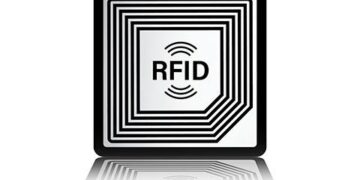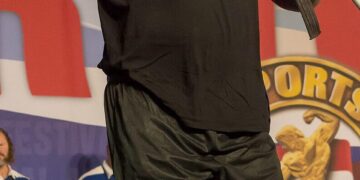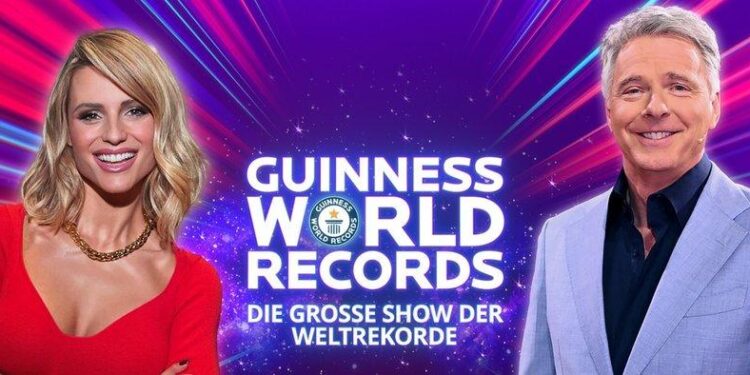Setting a new world record captures the imagination and celebrates human achievement, but behind every astonishing feat lies a complex process rarely seen by the public. At Guinness World Records, the task of making, measuring, and verifying these global benchmarks is an intricate operation combining rigorous standards, expert assessments, and meticulous documentation. In an exclusive look, CBS News explores how this iconic institution ensures that each record is not only extraordinary but also authentic and indisputable.
Challenges Behind Creating and Authenticating Guinness World Records
Behind every Guinness World Record lies a labyrinth of meticulous planning, rigorous measurement, and unwavering verification. One of the primary hurdles is ensuring consistency across diverse record categories – from athletic feats and culinary achievements to mass participation events. Official adjudicators must scrutinize not only the activity itself but also the conditions under which it takes place, often contending with differing international standards and unpredictable variables such as weather or venue limitations. Adding to the complexity is the sheer volume of applications, which demands a robust filtering system to separate legitimate contenders from exaggerations or incomplete attempts.
The authentication process further hinges on the reliability of evidence, which can include video recordings, witness statements, and calibrated measuring instruments. To maintain fairness, Guinness World Records enforces a strict list of requirements that applicants must meet, commonly involving:
- Certified measurement devices and methodologies
- Independent third-party witnesses
- Real-time official adjudicator presence (when feasible)
- Submission of detailed documentation and timestamps
| Challenge | Description | Solution |
|---|---|---|
| Measurement Accuracy | Ensuring consistent and precise quantification | Use of certified equipment and calibration |
| Fraud Prevention | Detecting false claims or manipulated documentation | Cross-verification by independent witnesses |
| Global Standards | Reconciling rules across different cultures and traditions | Standardized guidelines with room for contextual flexibility |
Innovative Techniques Used to Measure Record-Breaking Feats Accurately
At the heart of verifying world records is a suite of cutting-edge technologies and methods designed to ensure precision and credibility. Guinness World Records employs a blend of high-speed cameras, laser measurement devices, and biometric sensors to capture every detail down to the millisecond. These tools are complemented by real-time data analytics, allowing adjudicators to assess and validate each attempt instantaneously. The combination of visual evidence and data-driven metrics has revolutionized the accuracy and efficiency of record verification.
Key techniques include:
- 3D Motion Capture: Tracking the exact movements of participants to detect any discrepancies.
- Digital Timing Systems: Utilizing synchronized networks to eliminate human error.
- Environmental Sensors: Monitoring conditions such as wind speed and temperature that could affect performances.
| Technique | Accuracy Level | Example Usage |
|---|---|---|
| Laser Distance Measurement | ± 1 mm | Longest jump |
| High-Speed Video | 1000 fps | Fastest reaction time |
| Biometric Sensors | Real-time data | Endurance records |
Best Practices for Aspiring Record Holders to Ensure Successful Verification
Successfully securing a spot in the Guinness World Records requires more than just ambition-it demands meticulous preparation and adherence to strict guidelines. Precise documentation is paramount; record seekers should maintain detailed evidence such as high-quality video recordings, eyewitness testimonies, and timestamped logs to build an airtight case. Additionally, understanding the exact parameters of the record category is crucial, as even minor deviations can lead to disqualification. Experts recommend consulting official record guidelines well in advance and, when possible, coordinating with Guinness adjudicators who can provide clarity on rules and expectations.
- Gather clear, unedited visual proof to support your attempt
- Recruit independent witnesses familiar with the record’s criteria
- Follow official measurement methods for accuracy and transparency
- Submit applications well ahead of the attempt to allow for rule verification
Time management and consistency are equally vital. Many record attempts fail due to rushed setups or inconsistent measurements throughout the attempt. Aspiring record holders should create a step-by-step plan, rehearsing every aspect beforehand to minimize errors during the actual attempt. Craig Ross, a veteran adjudicator, emphasizes that “patience and perseverance are key-record-breaking is as much about the process as it is about the final achievement.” Staying organized and structured, while maintaining an open line of communication with Guinness officials, greatly improves the chances of having a record officially verified and celebrated.
| Key Element | Why It Matters | Tip |
|---|---|---|
| Evidence Quality | Ensures transparency and trust | Use multiple camera angles |
| Rule Familiarity | Avoids technical disqualification | Study guidelines thoroughly |
| Witness Credibility | Supports authenticity | Choose unbiased, trustworthy individuals |
Key Takeaways
As Guinness World Records continues to celebrate extraordinary human achievements, the complexities behind making, measuring, and verifying these records remain as rigorous as ever. From ensuring accuracy to maintaining fairness, the organization’s meticulous processes underscore the value placed on authenticity and credibility. In a world eager for record-breaking feats, Guinness World Records stands as a steadfast guardian of standards, reminding us that behind every headline-grabbing record lies a detailed and exacting journey.































